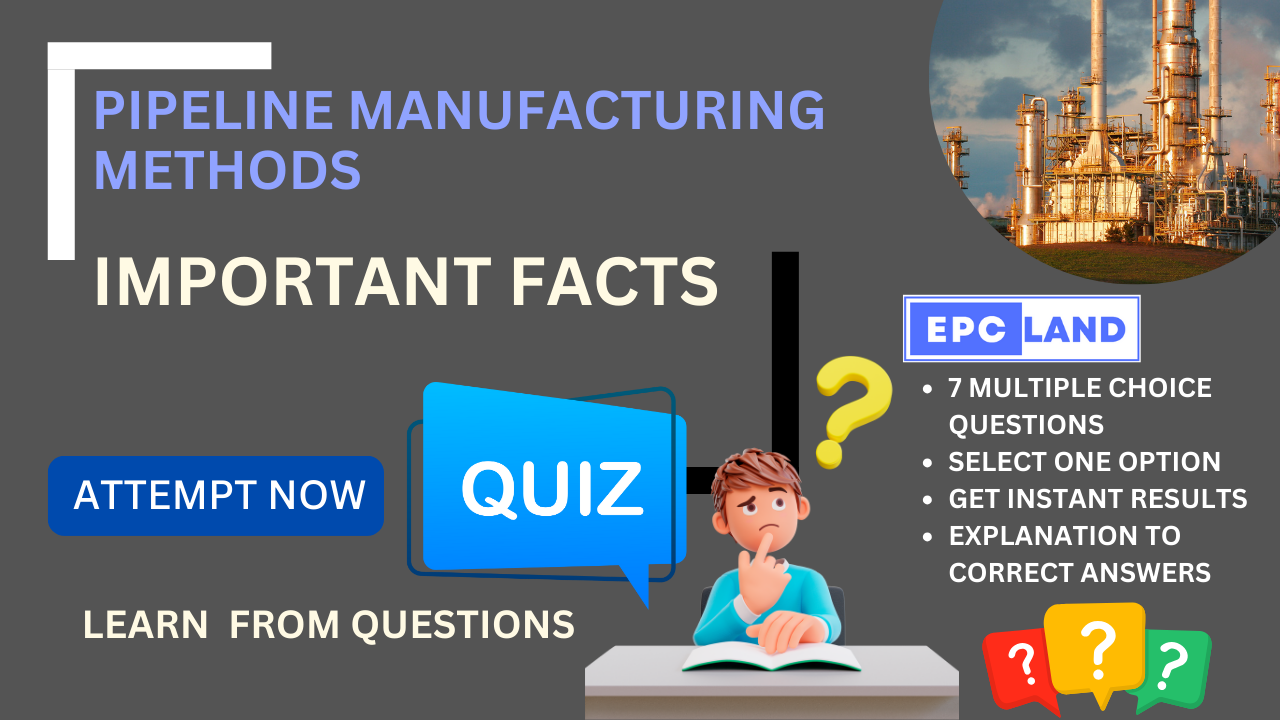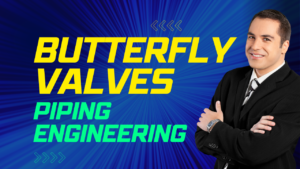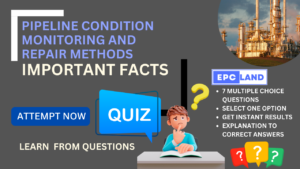1. Seamless Pipe: Pipeline Manufacturing Methods
How are seamless pipes produced, and what advantages do they offer w.r.t. Pipeline Manufacturing Methods?
Explanation: Seamless pipes are produced by hot rolling or piercing a solid billet, offering superior strength and reliability due to the absence of a weakened weld seam.
2. Electric Resistance Welded Pipe (ERW)
How are ERW pipes manufactured, and what are their key advantages?
Explanation: ERW pipes are manufactured by forming a flat steel plate into a cylindrical shape and joining edges using an electric current, offering cost-effectiveness, versatility, and adaptability to different pipe sizes.
3. Longitudinal-Seam Submerged-Arc Welded Pipe (LSAW)
How are LSAW pipes produced, and what are their notable characteristics?
Explanation: LSAW pipes are produced by uncoiling a flat steel plate and forming it into a cylindrical shape, offering excellent strength, toughness, and resistance to corrosion for large-diameter pipelines.
4. Spiral Submerged Arc-Welded Pipe (SSAW)
What is the manufacturing process of SSAW pipes, and where are they widely used?
Explanation: SSAW pipes are manufactured by continuously winding a flat steel plate in a spiral pattern and joining edges using submerged arc welding, making them suitable for oil and gas pipelines, water transmission systems, and structural applications.
5. Pipe Manufacturing Method Selection
What factors influence the choice of pipe manufacturing method?
Explanation: The choice of pipe manufacturing method depends on various factors, including the desired pipe size, material type, operating pressure, and application requirements.
6. Seamless Pipe Advantages
What are the advantages of seamless pipes, and in what applications are they commonly used?
Explanation: Seamless pipes offer exceptional strength and durability, making them suitable for high-pressure applications and situations where reliability and safety are paramount.
7. LSAW Pipe Characteristics
What characteristics make LSAW pipes suitable for specific applications?
Explanation: LSAW pipes are known for their excellent strength, toughness, and resistance to corrosion, making them suitable for large-diameter pipelines and applications with high operating pressures.
Short Article on Pipeline Manufacturing Methods
Pipe manufacturing methods play a crucial role in the construction and operation of pipelines, which are essential for transporting vital resources like oil, natural gas, and water over long distances. Each method offers unique advantages and suitability for different applications.
1. Seamless Pipe
Seamless pipes, as the name suggests, are produced without any longitudinal weld seam. This is achieved through hot rolling or piercing a solid billet of steel or other metals. Seamless pipes offer superior strength, ductility, and fatigue resistance due to the absence of a weakened weld seam. They are commonly used in high-pressure applications and in situations where reliability and safety are paramount.
2. Electric Resistance Welded Pipe (ERW)
Electric resistance welded (ERW) pipes are manufactured by forming a flat steel plate into a cylindrical shape and joining the edges using an electric current. The current generates heat that melts and fuses the edges, creating a strong weld seam. ERW pipes are widely used in various industries due to their cost-effectiveness, versatility, and adaptability to different pipe sizes.
3. Longitudinal-Seam Submerged-Arc Welded Pipe (LSAW)
Longitudinal-seam submerged-arc welded (LSAW) pipes are produced by uncoiling a flat steel plate and forming it into a cylindrical shape. The edges are then joined using a submerged arc welding process, where the weld is shielded by a granular flux that prevents contamination and ensures a high-quality weld. LSAW pipes are known for their excellent strength, toughness, and resistance to corrosion, making them suitable for large-diameter pipelines and applications with high operating pressures.
4. Spiral Submerged Arc-Welded Pipe (SSAW)
Spiral submerged arc-welded (SSAW) pipes are manufactured by continuously winding a flat steel plate in a spiral pattern and joining the edges using a submerged arc welding process. This method allows for the production of large-diameter pipes with exceptional strength and durability. SSAW pipes are widely used in oil and gas pipelines, water transmission systems, and structural applications.
In summary, the choice of pipe manufacturing method depends on various factors, including the desired pipe size, material type, operating pressure, and application requirements. Seamless pipes offer superior strength and reliability, while ERW pipes are cost-effective and versatile. LSAW pipes are ideal for large-diameter pipelines and high-pressure applications, while SSAW pipes are well-suited for large-diameter applications with exceptional strength requirements.
Table of Contents
Don’t miss the Course on Effective Isometrics Management: Check Now
Enrollment Link
Recommended courses (Published on EPCLand)
- Complete Course on Piping Engineering
- Basics of Piping Engineering
- Piping Layout Engineering
- Piping Material Engineering
- Piping Stress Analysis
- Material Requisitions
- Piping Material Specifications
- Valve Material Specifications
- Plant Design & Layouts-OISD 118
- Isometric Management
Library of Technical Articles
Don’t miss out the collection of 15+ articles on following topics:
- Basics of Oil and Gas Industry
- Valves
- Testing
- Tank
- Piping Bulk Items
- Pipe
- Metallurgy
- Piping Materials
- Layout
- Instrumentation
- Heat Exchanger
- Type of Contracts
- Codes and Standards
- ASTM Standards
- Articles on Piping Specialty Items
Video details of Complete Course on Piping Engineering
Why Enroll in the EPCLand
Proven Track Record– PTR
Activities & Achievements before launching EPCLand
- Published more than 50+ short courses
- 3000+ Enrolments
- More than 3,500,00 Minutes of watch hours in the last 2 years
- 4000+ Students in 100+ Countries
- Rating of 4+ out of 5
- 1000+ YouTube Videos
- 8K+ Subscribers
What Students will Learn
- Codes & Standards of the Energy Sector
- Piping Material Engineering
- Piping Layout Engineering
- Stress Analysis
Interesting facts
- All the published courses have been developed by Industry Experts with more than 2 decades of experience
- Content is based on Practical experience and real-time problems.
- Content is designed and organized in such a manner that it can be easily grabbed.
- Complete website, Blogs and Quiz sections are Planned, Designed and published by myself (About me: Atul Singla)
- Complete flexibility of Time & Location, Students can access the content from anywhere & anytime
- Moreover, once enrolled, the content can be access as many times as you want, which helps in understand the fundamentals in a better way.
Conclusion
In conclusion, our courses are meticulously crafted by industry experts with over two decades of hands-on experience. The content is rooted in practical knowledge, addressing real-time problems. The material is thoughtfully designed and organized for easy comprehension. Every aspect, from the website to blogs and quizzes, has been planned, designed, and executed by Atul Singla, ensuring a comprehensive and seamless learning experience. With the flexibility of accessing the content at any time and from any location, students have the freedom to learn on their terms. Furthermore, enrollment grants unlimited access, allowing learners to revisit the material as often as needed, fostering a deep understanding of the fundamentals.



